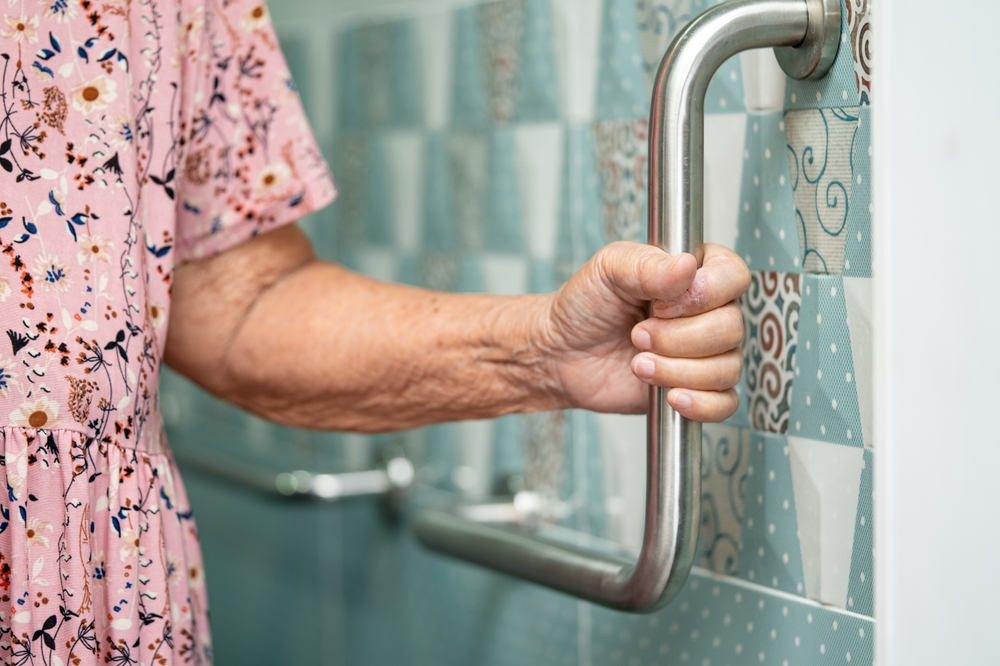As our loved ones age, ensuring their safety and independence becomes a priority. One effective way to achieve this is by installing ramps for elderly homes. These structures play a crucial role in enhancing safety and accessibility for seniors, providing them with the freedom to move around their homes with ease. In this article, we will explore the various benefits of ramps and how they can significantly improve the quality of life for the elderly.

The Importance of Ramps for Elderly Homes
Ramps are not just a convenience; they are a necessity for many elderly individuals who face mobility challenges. With age, the risk of falls and accidents increases, making it essential to have safe and accessible pathways. Installing ramps for elderly homes can greatly reduce these risks by providing a stable and secure surface for walking or using mobility aids such as wheelchairs or walkers.
Benefits of Installing Ramps
One of the primary benefits of ramps is that they eliminate the need for stairs, which can be difficult and dangerous for seniors to navigate. Ramps provide a smooth transition between different levels of the home, allowing seniors to move freely and confidently. Additionally, ramps can be customized to fit the specific needs of the individual, ensuring maximum comfort and safety.
Another advantage of ramps is that they promote independence. With a ramp, seniors can easily enter and exit their homes, giving them the freedom to engage in daily activities without relying on others for assistance. This sense of autonomy is vital for maintaining a high quality of life and preserving dignity as one ages.
Choosing the Right Ramp for Your Home
When it comes to selecting a ramp for your home, there are several factors to consider. The first is the type of ramp that best suits your needs. There are various options available, including portable ramps, threshold ramps, and permanent ramps. Each type has its own advantages and limitations, so it’s important to choose one that aligns with your specific requirements.
Portable Ramps
Portable ramps are a versatile option for those who require flexibility. They can be easily moved and stored, making them ideal for temporary use or for individuals who frequently travel. Portable ramps are typically lightweight and compact, allowing for convenient transportation.
Threshold Ramps
Threshold ramps are designed to bridge small height differences, such as those found at doorways. They provide a smooth transition over thresholds, eliminating the need to step over obstacles. These ramps are a simple yet effective solution for improving accessibility in the home.
Permanent Ramps
For those seeking a long-term solution, permanent ramps are an excellent choice. These ramps are typically constructed from durable materials such as aluminum or concrete, ensuring stability and longevity. Permanent ramps can be customized to fit the specific layout of the home, providing a seamless integration with the existing structure.
Considerations for Ramp Installation
When installing a ramp, there are several important considerations to keep in mind. The first is the location of the ramp. It’s crucial to choose a spot that provides easy access to key areas of the home, such as the entrance or garage. Additionally, the ramp should be positioned in a way that minimizes the risk of accidents or obstructions.
Ramp Design and Dimensions
The design and dimensions of the ramp are also critical factors to consider. The ramp should have a gentle slope to ensure safe and comfortable navigation. The recommended slope ratio is 1:12, meaning that for every inch of rise, there should be at least 12 inches of ramp length. This ensures a gradual incline that is easy to traverse.
Furthermore, the ramp should be wide enough to accommodate mobility aids and provide ample space for maneuvering. A minimum width of 36 inches is recommended to ensure accessibility for wheelchairs and walkers.
Safety Features
To enhance safety, it’s important to incorporate additional features into the ramp design. These may include handrails on both sides of the ramp for added support and stability. Non-slip surfaces are also essential to prevent accidents, especially in wet or icy conditions.
Cost and Funding Options
While the cost of installing a ramp can vary depending on factors such as materials and design, there are several funding options available to assist with the expenses. Many government programs and non-profit organizations offer financial assistance for home modifications, including ramps for seniors. It’s worth exploring these resources to determine eligibility and potential funding opportunities.
Government Assistance Programs
Government assistance programs, such as the U.S. Department of Housing and Urban Development (HUD), offer grants and loans to eligible individuals for home modifications. These programs aim to improve accessibility and safety for seniors, allowing them to age in place comfortably. Detailed information about these programs can be found on the National Institute on Aging website.
Non-Profit Organizations
In addition to government assistance, various non-profit organizations provide support for seniors in need of home modifications. These organizations may offer financial aid, volunteer services, or discounted materials to help make ramps more affordable. It’s worthwhile to research local and national organizations to explore available options.
Maintenance and Upkeep
Once a ramp is installed, regular maintenance is essential to ensure its longevity and safety. Routine inspections should be conducted to identify any signs of wear or damage. Any issues, such as loose handrails or cracked surfaces, should be promptly addressed to prevent accidents.
Cleaning and Care
Keeping the ramp clean and free of debris is also important for maintaining a safe environment. Regularly sweeping or hosing down the ramp can help prevent the accumulation of dirt or leaves that may cause slipping hazards. Additionally, applying a non-slip coating can further enhance traction and reduce the risk of accidents.
Seasonal Considerations
During the winter months, it’s crucial to take additional precautions to prevent ice and snow buildup on the ramp. Applying sand or salt can help improve traction and prevent slipping. It’s also important to regularly clear the ramp of snow and ice to maintain a safe pathway.
Conclusion
Installing ramps for elderly homes is a vital step in ensuring the safety, accessibility, and independence of our senior loved ones. These structures provide a practical solution for overcoming mobility challenges and enhancing the overall quality of life for the elderly. By considering the various types of ramps, installation considerations, and maintenance tips outlined in this article, you can make informed decisions to create a safe and welcoming environment for your aging family members.

FAQ
What is the best type of ramp for elderly homes?
The best type of ramp for elderly homes depends on individual needs and preferences. Portable ramps offer flexibility, while permanent ramps provide stability and durability. Consider factors such as mobility aids used, available space, and budget when choosing the right ramp.
Are there any financial assistance programs for installing ramps?
Yes, there are several financial assistance programs available for installing ramps. Government programs, such as those offered by the U.S. Department of Housing and Urban Development (HUD), provide grants and loans for home modifications. Additionally, non-profit organizations may offer support and resources for funding ramp installations.
How often should ramps be maintained?
Ramps should be regularly maintained to ensure safety and longevity. Conduct routine inspections to identify any signs of wear or damage. Clean the ramp regularly and address any issues promptly. During winter, take extra precautions to prevent ice and snow buildup.
This article contains affiliate links. We may earn a commission at no extra cost to you.






